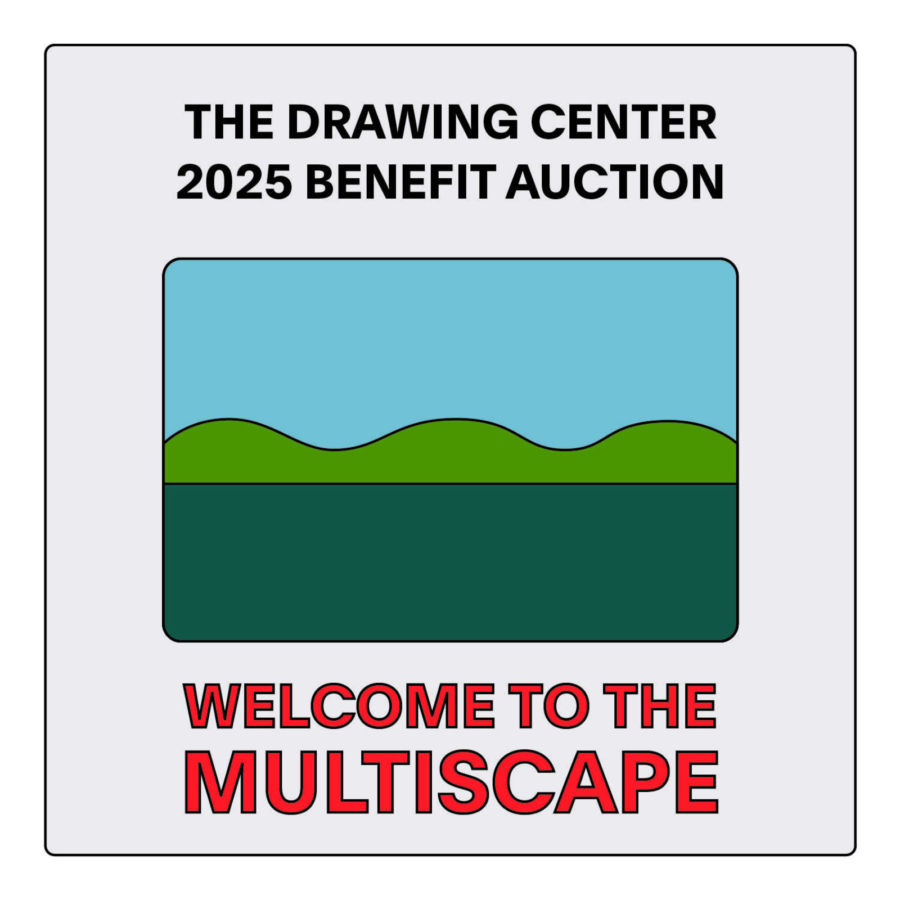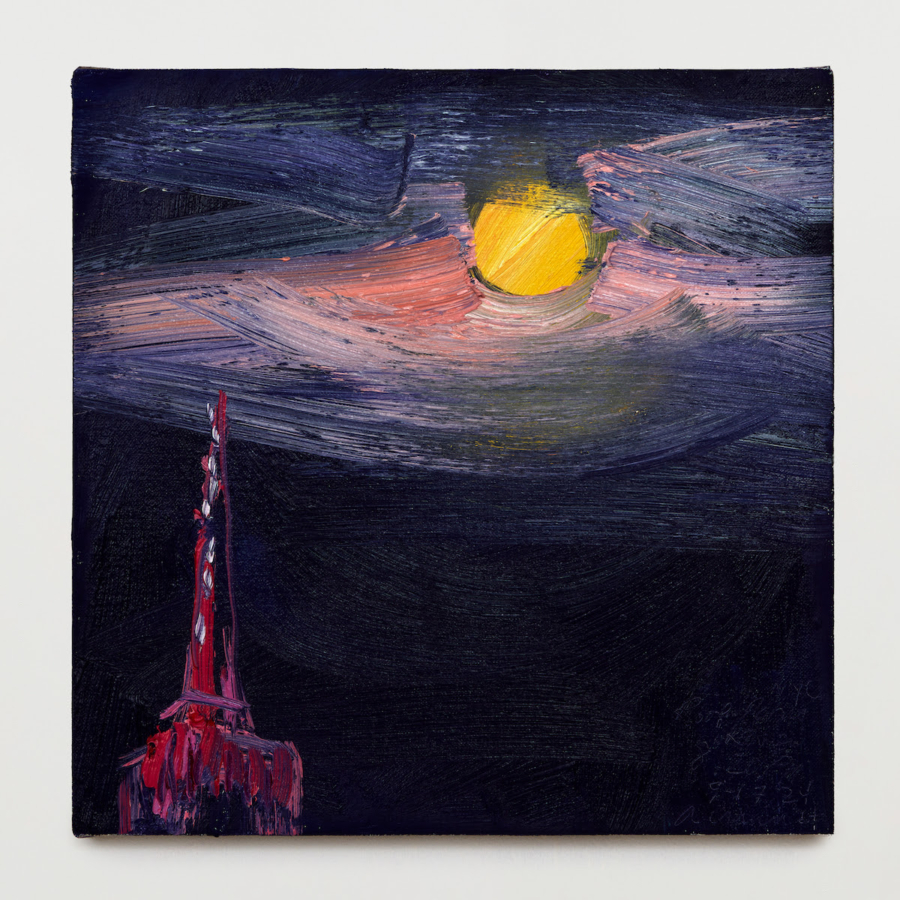January 22, 2019
Henni Alftan, published by Galerie Claire Gastaud, Clermont-Ferrand, 2019.
Henni Alftan is available here.
Faces, human figures, alone or together. Close-ups and longshots, slices of interior, landscape and urban views. A human figure and a simplified coloured background, usually fragments pictured from different angles. At the conceptual core of Henni Alftan’s oil paintings are the pictures. Alftan’s art contains diverse references to the pictorial representations with which visual culture overflows in almost ubiquitous photographs and moving images—namely, visual presentations, images from the world of advertising, individual memories, popular culture, and much more. Alftan’s works also contain references to each other.
The material, structure, form language, and colours of her paintings play a central role, just as much as the gaze shownin them. That gaze can also be seen in a mirror or in some other reflection. When the painting depicts a facet of a view or a part of a human being, it focusses attention ambiguously, sometimes on a hand, skin, hair, or just an eye occasionally on a pair of spectacles: a glass reflects the viewer, and a knife the fruit that it is cutting in two.
Each element has its own colours,and the colours their own structure. The whole thing represents somethingin images, made visible within the conventions of painting. At the same time, it is the unseen and the undefined that are framed by some element in these pictures, like they are by the structures in the visual environment. The line of the horizon is another such element, as is the perspective. Besides the pictorial frame of reference, the whole formed by Alftan’s paintings could also be considered as a time interval, as a movement in undefined space. Undefined does not mean vague here, even if the movement does cause a subtle disturbance in the viewer’s eyes. This is not an optical illusion as such, but a diptych, a pair of pictures made on the same subject. The diptych consists of two different paintings of the same size and shape, on almost the same subject, with virtually identical imagery. Their colour schemes are often largely the same, like the way that human skin that is called white is often a shade of yellowish ochre. There is a shadow on the wall or a light reflected in a pair of glasses. But something has shifted. A slight change has occurred in the representation, in its details, colours, lines, arrangement, or even in its angle of view.
The pairs of images in the paintings are reminiscent of excerpts from a photograph, but also of a moving image, a film or video. Something changes in the time interval between the images. One image in the pair is like a mental image, a memory and an interpretation of the other. The memory image that the viewer sees is not necessarily exactly correct. The transition from one painting to the other in the pair of images causes a disturbance, a reaction based on the sense of déjà vu. It feels as if you may have seen this somewhere before. But these diptychs are not physically attached to each other as objects. Alftan does not show both parts of a pair of images together. Each painting is distinct and the connection between the works is a conceptual one. The paintings do not show the time interval mentioned above directly, in relation to each other, they simply represent it to me. I see the movement in my mind. A photograph works that way, too: it is a trace of a movement that has taken place inside the camera, of a stored reflection at the moment it occurred. The memory image that arises in the mind exists as a possibility, even if we do not see it immediately.
As a viewer I am somehow conscious of the pictorial subject, which, when seen through the lenses of a pair of spectacles, appears different than it does without them. The idea of a pair of images recalls stereo vision. I see the sight in front of me as a slightly different image when I look straight ahead with only one eye and then with the other, as compared with what both eyes see simultaneously.
We often see things via the mediation of memory; memory filters and interprets. It is a manifestation of how we have learned to look. Our eyes learn and conform. That interpretation is linked to brain function. Alongside what we have learned, it is frequently also modulated by the feeling associated with seeing, or even by the unconscious, to which the cool conceptuality of Henni Alftan’s paintings, nevertheless, does not make direct reference. A consciousness of dream-like interpretations, also referred to as surrealism, frames the very history of contemporary painting. Alftan’s art is not a form of surrealism, but a hypothesis about the visual representation of an image of reality in contemporary painting.The changes from one of a pair of images to the other are subtle, so that there is nothing discernible in the work that is obviously absurd.
It is precisely this lack of emphasis, this movement represented with so few gestures, that is so extremely interesting. It sticks in the mind. The essential thing is what we actually see when we look at pictures. The cultural mode in which we look at a view and filter it. That is what shapes the image.


